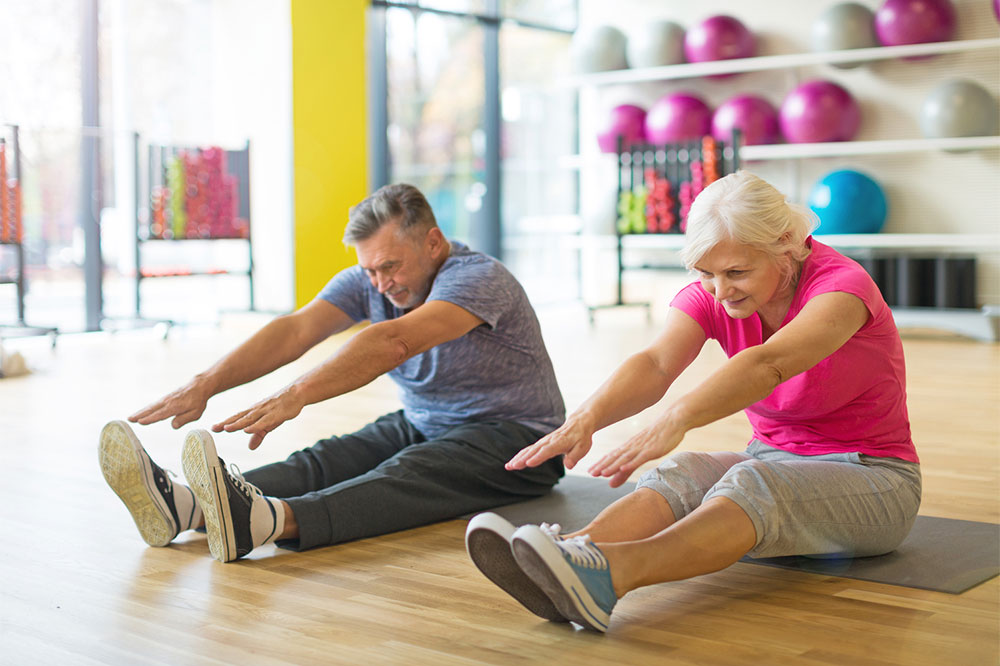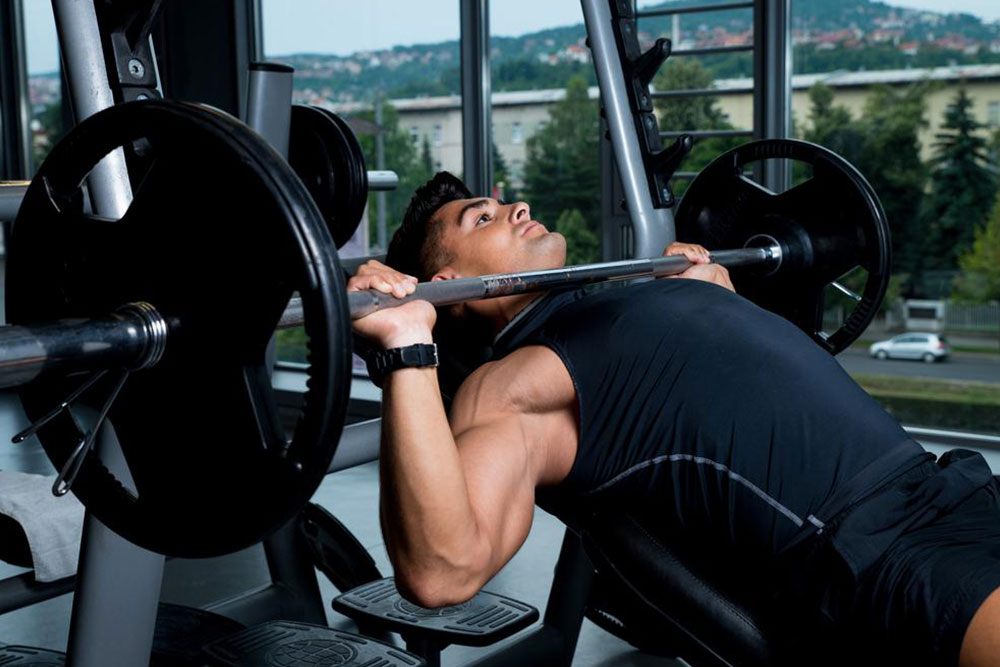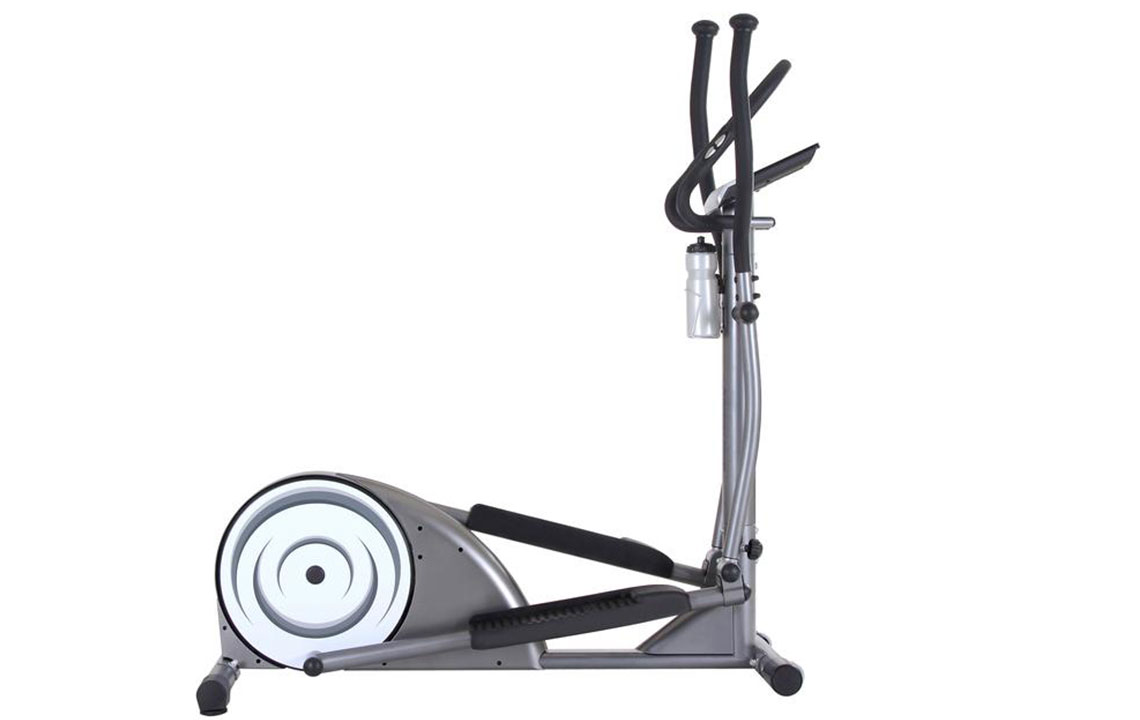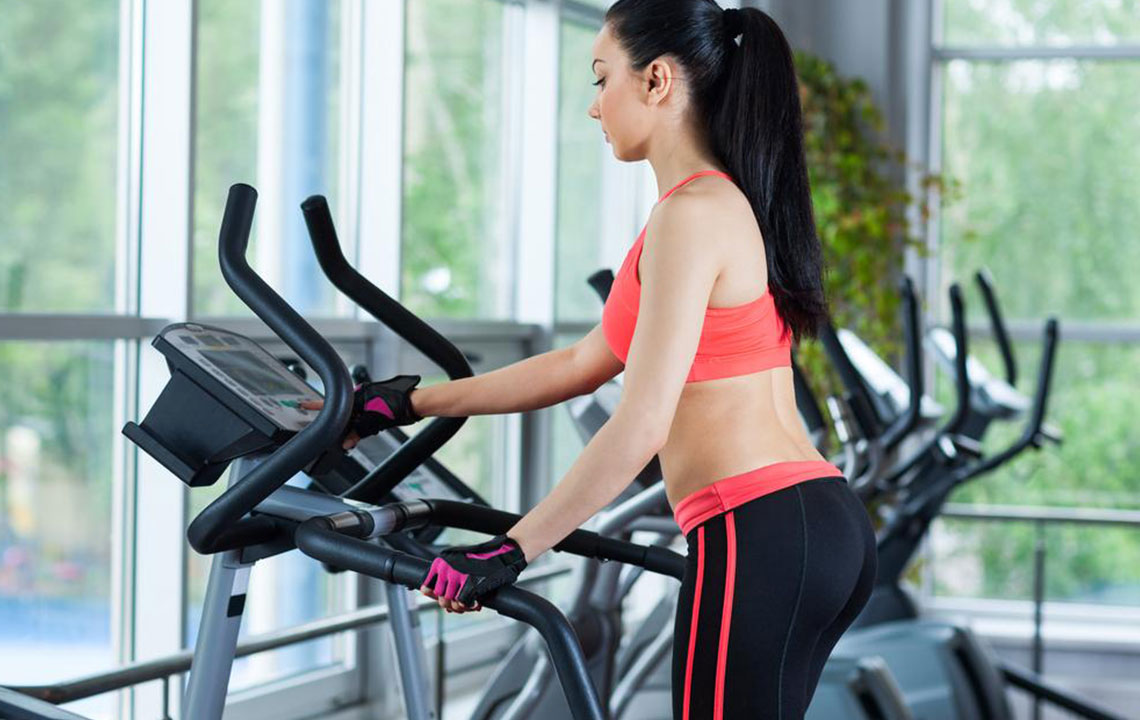The Origin and Development of Pilates Exercise
Discover the intriguing history of Pilates, from its origins in the 1920s by Joseph and Clara Pilates to its evolution into a worldwide fitness phenomenon. Learn how this exercise method combines fluid movements with modern biomechanics to promote strength, flexibility, and body awareness, appealing to athletes, performers, and fitness enthusiasts alike.
Sponsored
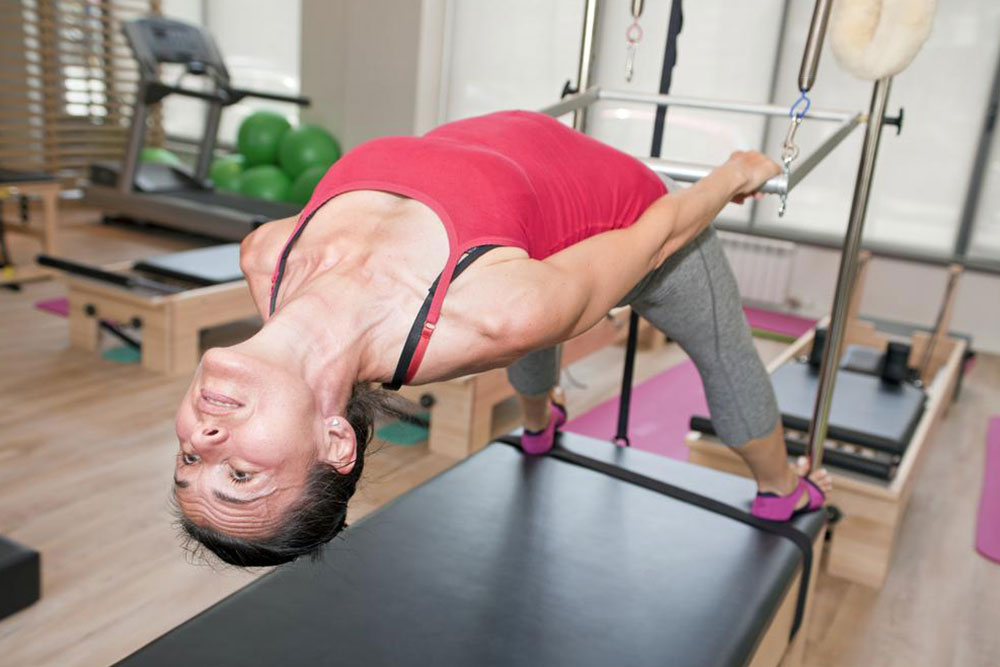
As global interest in health and fitness continues to grow, diverse workout routines and exercise methods are gaining popularity. Among these, Pilates has emerged as a favored choice for those seeking a sculpted physique. But what exactly is Pilates, and how did it come to be? Exploring its roots reveals a fascinating history rooted in early 20th-century physical training practices.
Pilates originated in the 1920s when Joseph and Clara Pilates established their Body Conditioning Studio in New York City.
Founding of Pilates
Born in Germany, Joseph Pilates emigrated to Britain before settling in the United States. He developed a unique exercise approach focused on strength, flexibility, and body awareness, which gradually gained recognition as a method for body conditioning.
One of Pilates’ notable innovations was the use of specialized equipment, notably the Pilates Reformer.
When Joseph moved to the US in 1926, he met Clara, who shared his passion for health. Together, they launched a fitness studio that introduced Pilates into dance, sports, acting, and athletic training. The exercises are characterized by smooth, flowing movements aimed at muscle toning and functional strength, with a graceful, balletic aesthetic.
Modern Pilates
While the core principles of Joseph Pilates remain, contemporary practice incorporates biomechanical insights and modern anatomy. Since its inception, Pilates has grown into a global fitness phenomenon, enjoyed by millions worldwide and integrated into various physical training disciplines.

